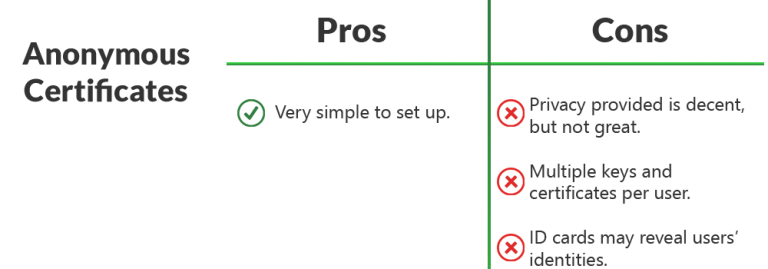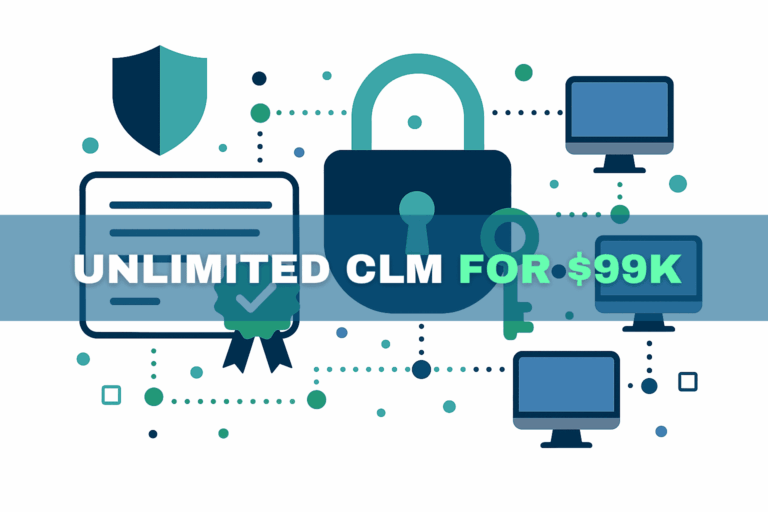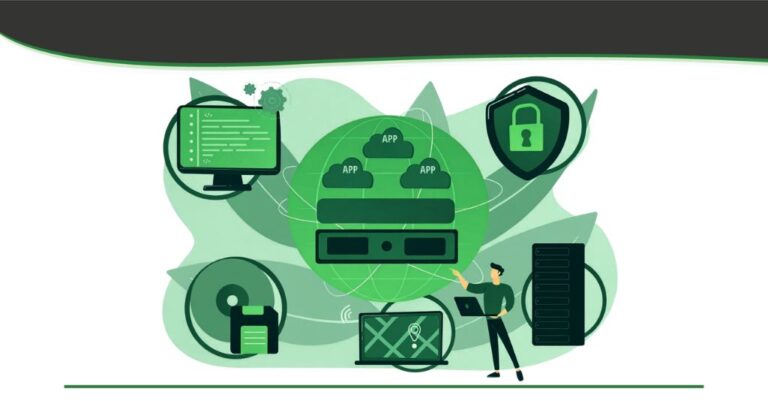Despite its ubiquity, we all recognize that this mechanism offers little more than a speed bump for honest, rule-following seventeen-year-olds. It provides virtually no meaningful verification, yet it persists because age verification online is a technically challenging problem.

Rethinking the Problem: From Age Verification to Group Membership Proofs
While adult-content websites are the most obvious use case, age or eligibility verification is required across a much broader spectrum of online services:
Applying for government documents
Voter and residency eligibility checks
Purchasing age-restricted products (alcohol, tobacco, etc.)
Validating student, veteran, or regional affiliation
When generalized, the challenge becomes:
How can a user remotely—and privately—prove they belong to a specific group (e.g., “18+”, “resident of State X”, “graduate of University Y”)?
Unfortunately, most prior attempts either rely on shaky assumptions or require the user to expose far more identity data than necessary.
A Look at Previously Proposed Solutions
Three common concepts have been proposed:
1. Mobile phone ownership
Assumes users must be a certain age to purchase or own a phone.
This is false—and globally inequitable.
2. Bank account verification
Assumes users over 18 have credit/debit accounts, or banks can verify ages.
Again, untrue, and excludes many users.
3. Government-issued identity cards
These contain birthdate information and sometimes cryptographic signing capabilities.
However, providing this information directly sacrifices user privacy.
The fatal flaw:
All these methods reveal the user’s entire identity to the service—even when the service only needs to know a single attribute (e.g., “age ≥ 18”).
This leads us to the improved formulation:
How do we remotely and anonymously prove membership in a specific group?
Below are two cryptographic approaches that attempt to solve this.
Solution 1: Anonymous (Blinded) Certificates
In this model, a government-issued ID would contain multiple certificates, including:
A standard certificate (identity + attributes)
An anonymous certificate containing only the attributes needed for group validation (e.g., date of birth → age group)
The anonymous certificate would include no personally identifying information.
The user proves “I belong to the 18+ group” without revealing who they are.
Advantages
Straightforward to implement
Leverages existing certificate and smart card infrastructure
Provides a baseline level of anonymity
Limitations
Correlation risk: If an attacker or service provider can compare anonymous + non-anonymous certificates, anonymity collapses.
Multiple certificates increase user handling risk: A user may accidentally present an identifying certificate.
Attribute uniqueness: A birthdate or region can still uniquely identify users in small populations.
Bottom line: Anonymous certificates improve privacy but cannot guarantee it.

Solution 2: Ring Signatures
A ring signature proves that someone in a predefined group signed a message, but it is cryptographically impossible to determine which member.
How this applies to age verification
Users form a cryptographic “ring” consisting of every user who is 18+, each with their own key pair.
The user signs a challenge using a ring signature.
The service verifies that:
The signature is valid
The signer is a member of the 18+ group
The service cannot determine which member produced the signature
This satisfies the requirement:
The verifier learns the attribute (18+) but not the identity.
Advantages
Strong anonymity guarantees
No identifying information ever exchanged
Resistant to correlation or database leakage
Limitations
Requires a publicly accessible database of eligible public keys
More complex for service providers to verify and manage
Government or trusted authority must maintain the eligibility list
Bottom line:
Ring signatures offer significantly stronger privacy—but with added complexity.

Future Enhancements
Both approaches can be strengthened using:
IP anonymization (e.g., Tor or VPN-based methods)
Mixing networks
Anonymous credentials (Idemix, U-Prove)
Zero-knowledge proofs (ZKPs)
These techniques can build toward fully decentralized, privacy-preserving identity systems
Where Garantir Fits In
While Garantir does not develop anonymizing networks or digital ID systems, we specialize in secure, high-performance cryptographic operations.
GaraTrust, our flagship platform, enables enterprises to:
Keep private keys secured inside HSMs or key managers
Enforce MFA, device authentication, approval workflows, and policy controls
Perform high-speed signing via client-side hashing
Support any public-private key use case, including:
✓ Code signing
✓ SSH
✓ Security signing
✓ S/MIME email
✓ Document signing
✓ TLS and more
GaraTrust offers the cryptographic foundation necessary for implementing secure, privacy-preserving digital signature workflows at scale.


